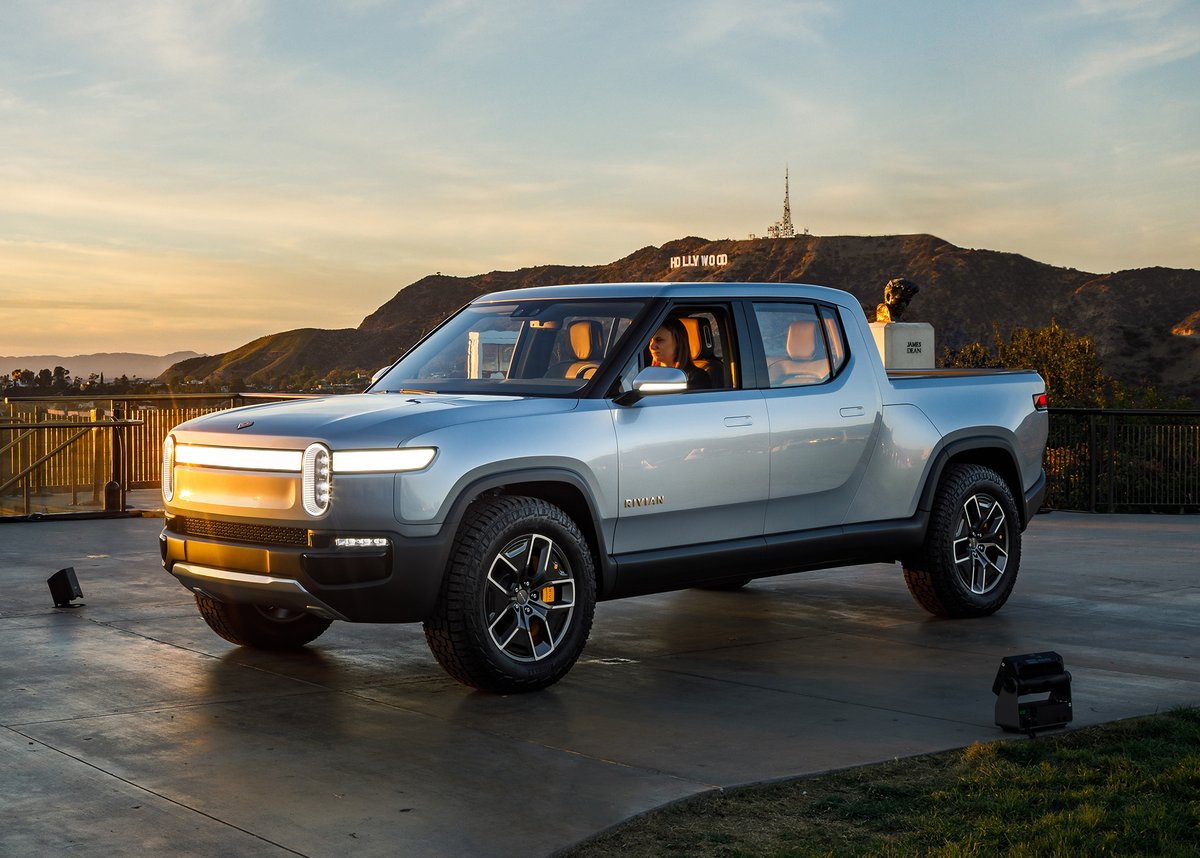Rivian has produced two excellent electric vehicles with many similarities but also some important distinctions.
The introduction of Rivian was a seismic event for the industry, comparable to the one triggered by Tesla when Elon Musk decided to enter the fray, albeit on a smaller scale. It’s a young company with a remarkable capacity for technological and productive innovation, and the high quality of its automobiles never ceases to amaze. Rivian’s R1T electric pickup truck was the first of its kind, and its sister vehicle, the R1S, followed shortly after. These automobiles are exceptional, and while they are similar, they are not the same. Depending on your intended application, certain distinctions may be crucial. While both Rivian and its competitors boast top-tier quality, performance, and design, the latter stands out thanks to a number of key distinctions.
The R1T’s novelty caused a stir in the market, and it quickly found itself in competition with other trucks released by Ford around the same time, such as the Lightning. To round out the lineup, Ford introduced the R1S, a less rugged but still capable and slightly more expensive option. Each contributes something unique, and together they form one of the most formidable competitive forces in the field.
The Rivian R1T Is Cheaper
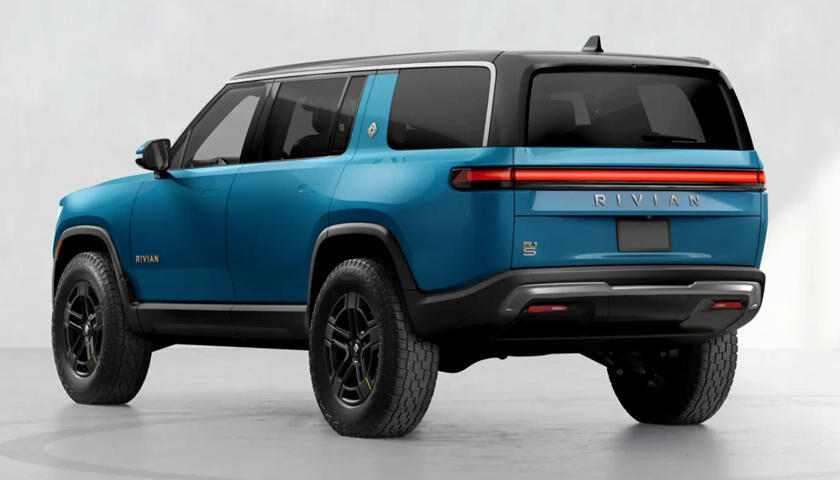
The price is a major differentiator between these two Rivian trucks, with the R1T coming in at $73,000 and the R1S at $78,000. The disparity isn’t huge, but it could add up if your finances are tight. This price differential was already validated in the initial releases; the 2022 Rivian R1T Adventure cost nearly the same as the 2023 version, and the same was true of the 2022 Rivian R1T Launch Edition, the priciest model at the time, which cost up to $85,000. The 2022 Rivian R1S is confirmed to have had a similar MSRP to the 2023 model, coming in at around $78,000. It’s important to note that the average price of a Rivian R1T has increased since 2023 because the Explore, a cheaper model, was discontinued.
The Secret Behind The Names: A Pickup Truck And An SUV
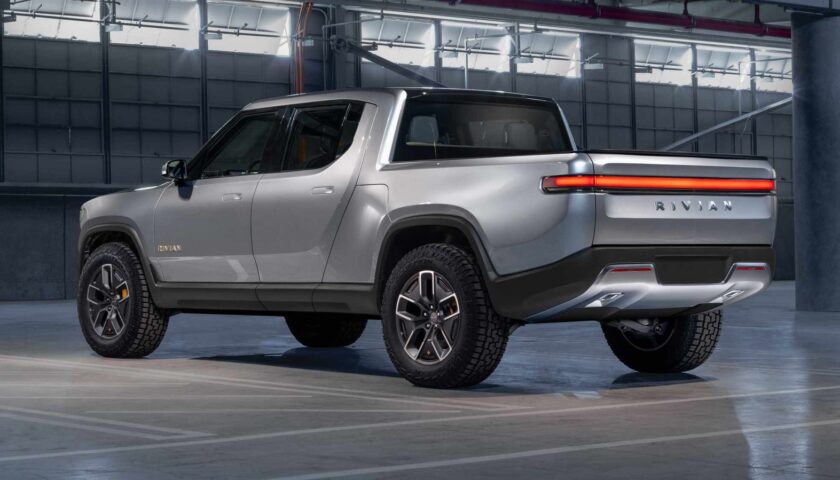
The open bed of the Rivian R1T pickup truck makes it suitable for transporting heavy or oversized objects. It’s more traditional and aims for the traditional market because of this. The Rivian R1S, on the other hand, is technically classified as an SUV despite looking like a pickup truck (save for the closed “bed”). It has an extra row of seating for a total of three people rather than cargo space. Of course, it also has cargo space, but people and their transportation needs take precedence. These are the only two models currently available from the manufacturer, but they cover some very important ground in the modern market.
Same General Architecture And Quality
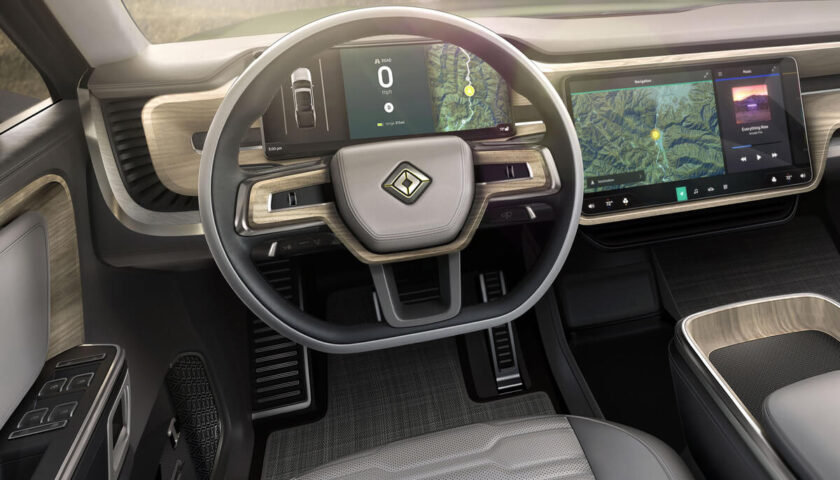
Both the Rivian R1T and the Rivian R1S have nearly identical architecture, technology, and working mechanisms. In fact, when seen from the front row of seats inside, there is little to no visual difference between the two. They both share the same hydraulic suspension system, which has a Camp setting for adjusting to uneven ground. Each vehicle also features three different sized battery packs and four electric motors, one for each wheel. It’s important to note that just because they share this trait doesn’t mean they always react similarly; however, they are remarkably similar to one another.
If Performance Is The Criteria, Pick Any Of Them

Similarities in performance exist between these two trucks as well. Both of the two-engine variants can hit 60 mph in 4.5 seconds and produce around 600 horsepower. Rivian claims that their 4-motor variants can reach 60 mph in just 3 seconds and have an impressive 835 horsepower. As a result, they are among the most potent and rapid pickups available today. Some outside tests have shown slightly slower times for these models (3.3 seconds), but this discrepancy is small and likely due to chance. However, there is a middle ground variant that uses a pair of engines to achieve 700 horsepower and a 0-60 mph time of 3.5 seconds thanks to performance enhancements. It wouldn’t take much work to make one of these models competitive with the best on the market.
Slight Range Advantage Of The R1T
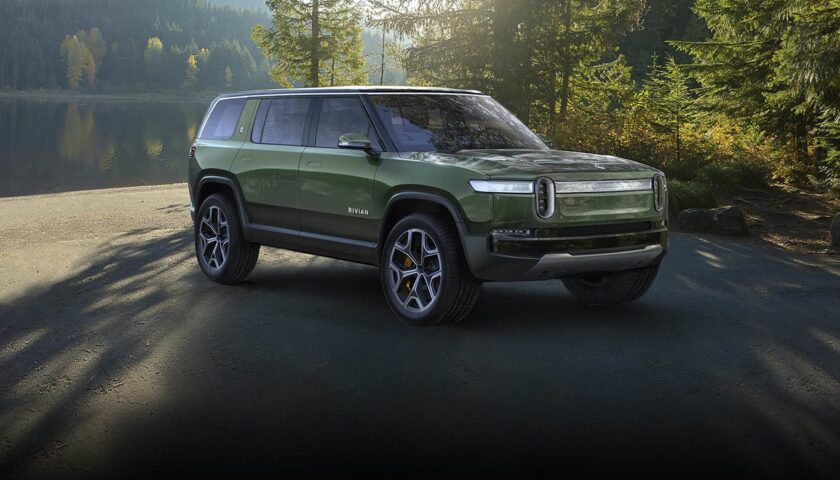
The conventional twin-motor version of the Rivian R1T can travel up to 400 miles, while the R1S can travel up to 390 miles. For the higher-performing two-motor model, both sets of figures remain the same, while the maximum range of the four-motor R1T is 328 miles and that of the R1S is 321 miles under ideal conditions. But as we’ve seen in the preceding paragraphs, there’s nothing mechanical or technical to account for this discrepancy. The R1T has an open area in the back, while the R1S has none at all; this difference in aerodynamics and other minor design details accounts for most of the R1S’s departure from the R1T.
Read More – 5 Disadvantages Of Electric Cars


